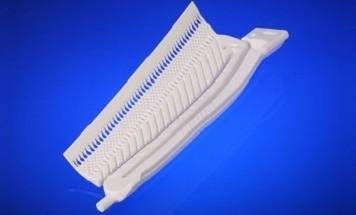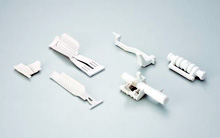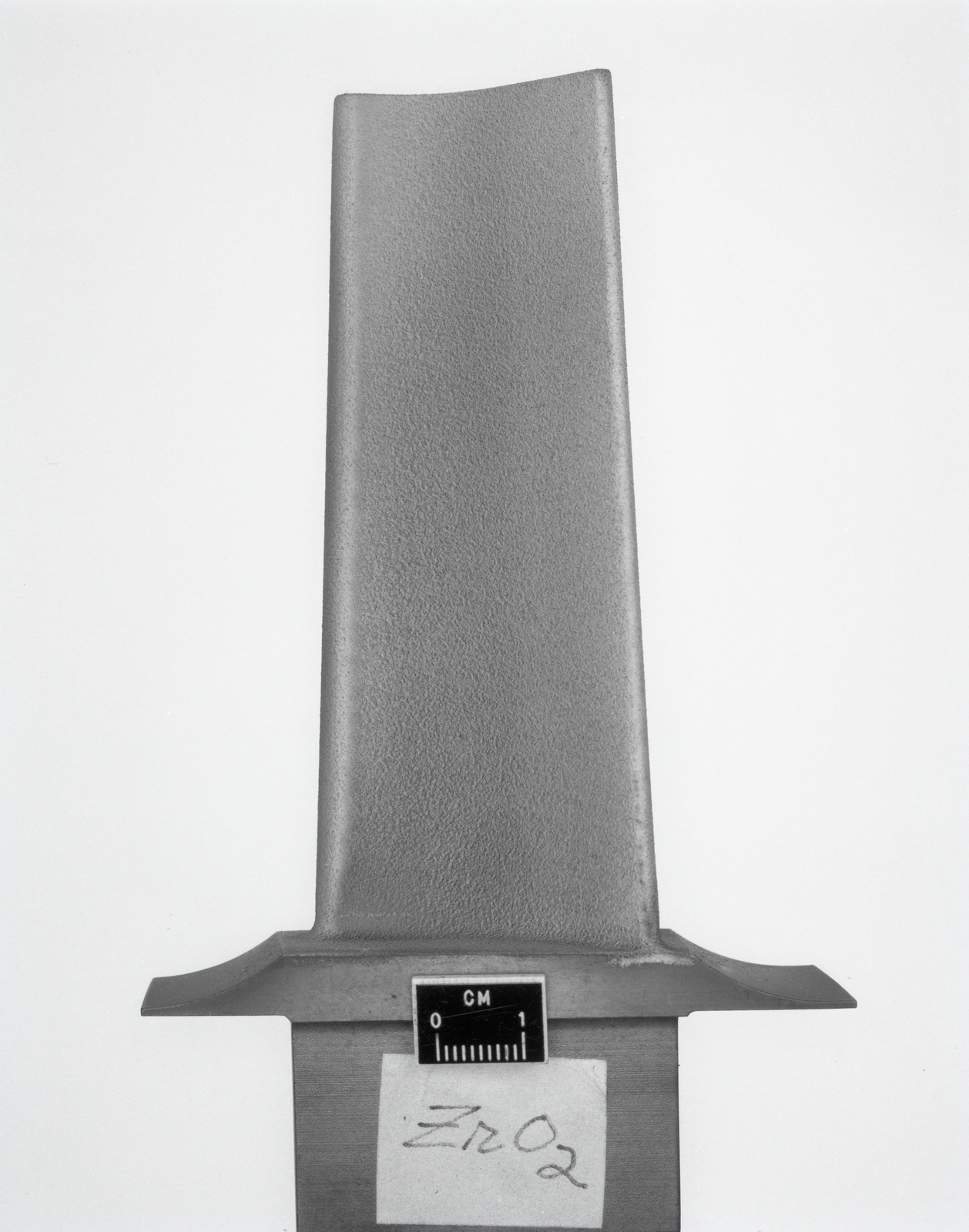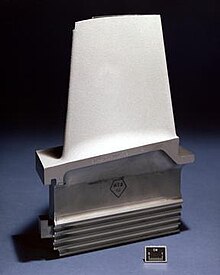Ceramic Cores For Turbine Blades

Traditionally fabrication of the ceramic cores involves time consuming procedures and low processing flexibility.
Ceramic cores for turbine blades. Our cores are a critical component in the manufacture of complex castings for aircraft engine turbine blades vanes and associated cast components. Gas turbine engines used in aerospace applications are one of the most complex systems to design develop and operate. Morgan advanced materials certech has 45 years experience in the design and production of complex ceramic cores and wax patterns for challenging industrial casting applications all over the world. Keywords ceramic core injection moulding dies cad edm cmm inspection.
A ceramic core for use in casting a turbine blade and defining the internal cooling passages therein said blade having a tip root pressure side suction side leading edge and trailing edge. Currently directional column and single crystal hollow turbine blades for aero engines use ceramic cores with high performance e g silica alumina. Ceramic matrix composites cmc where fibers are embedded in a matrix of polymer derived ceramics are being developed for use in turbine blades. Engineering ceramics can be made in a wide range of sizes and shapes the turbine blades shown here are an example of the complex shapes that can now be achieved with the advanced fabrication methods available to the manufacturer these blades have been manufactured to the high material and dimensional specifications demanded by the aerospace industry.
The hollow geometry in the castings is produced during the investment casting process by using a suitable ceramic core made from silica or alumina based mixes. Ceramic cores are used during the investment casting process to produce those internal passages. Ceramic cores are utilised for shaping internal cooling canals in the process of turbine blade casting which positively influences the turbine engine efficiency. The main advantage of cmcs over conventional superalloys is their light weight and high temperature capability.
These ceramic cores are high pressure. To meet those goals new turbine blade designs are needed that have complex internal cooling passages that allow the blades to withstand the higher operating temperatures required for improved performance.

















